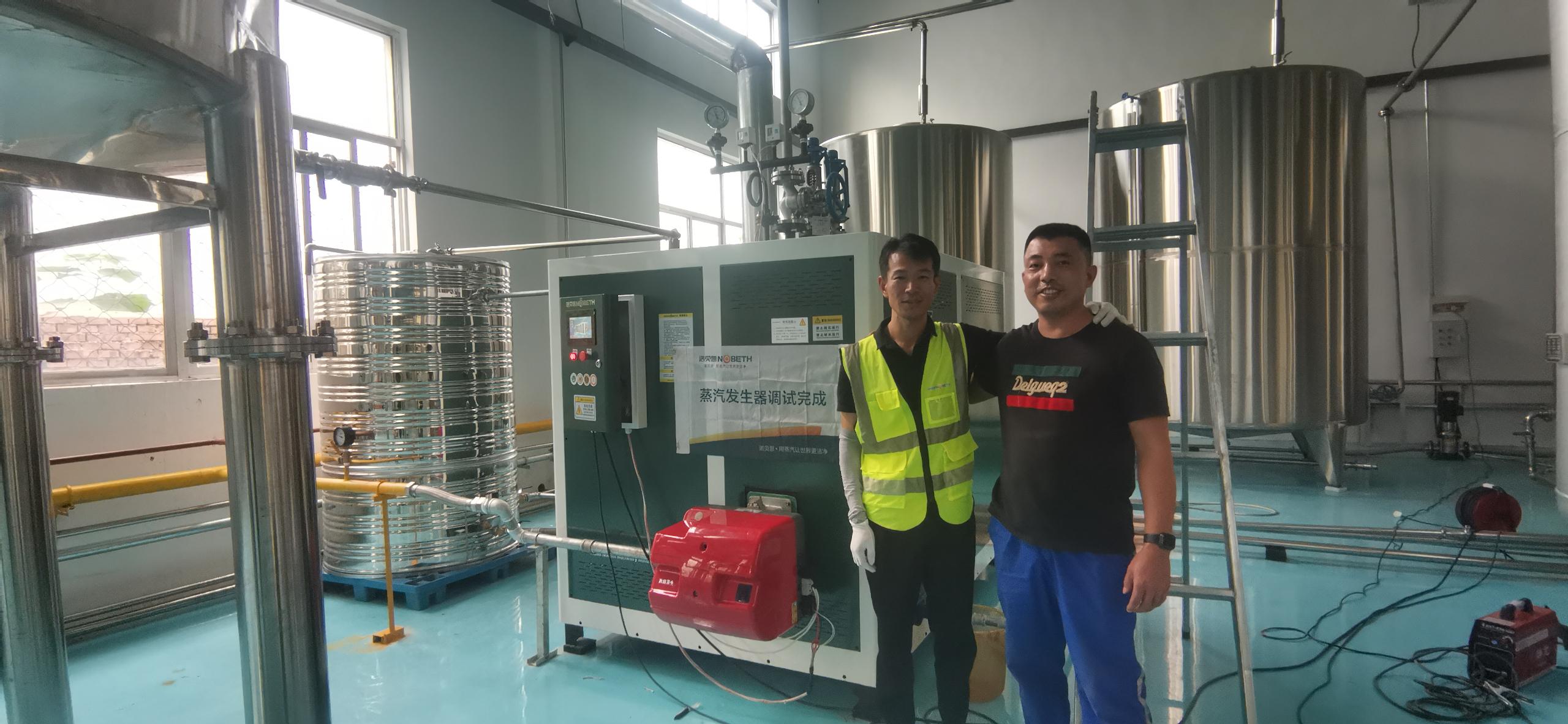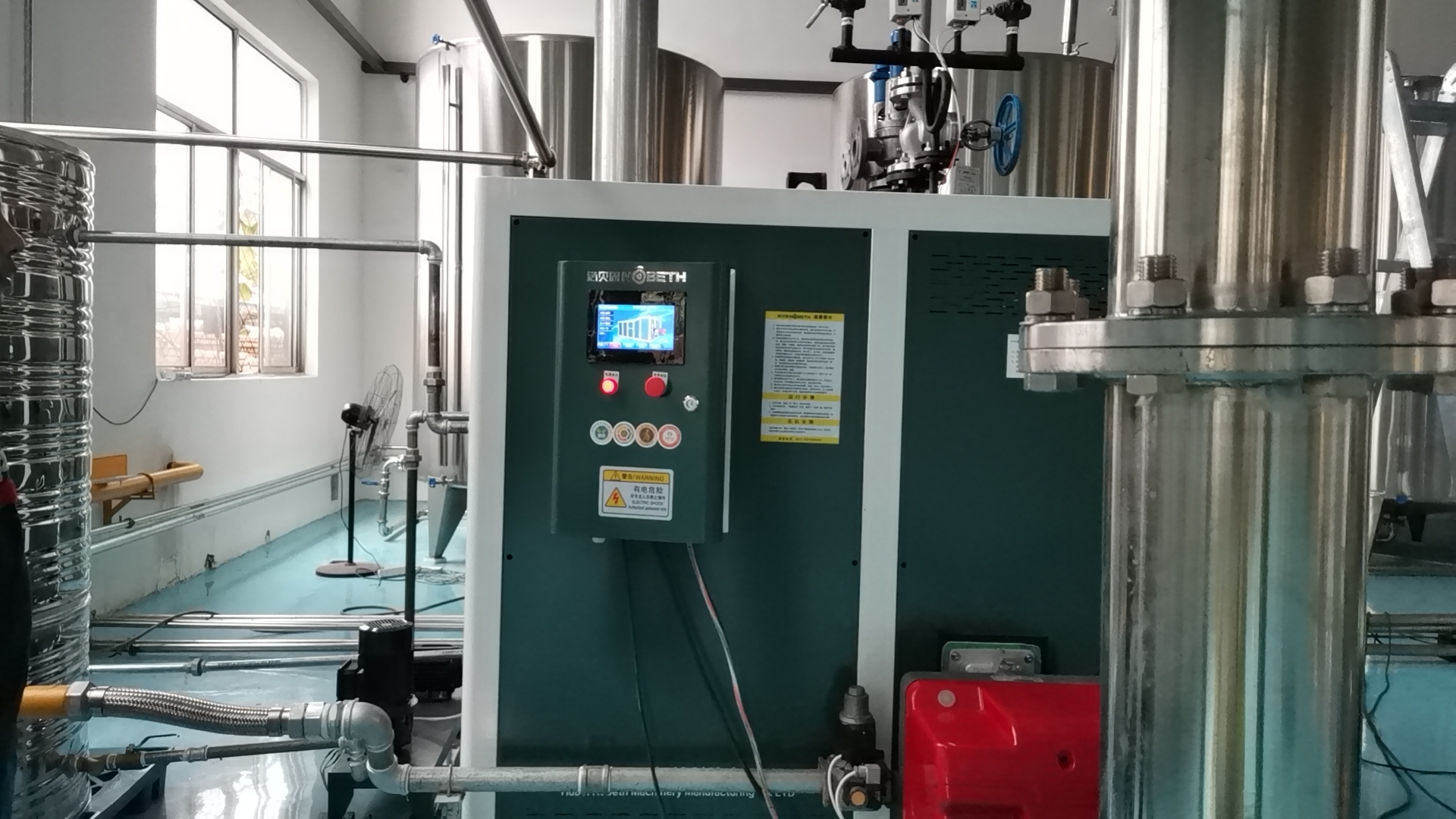01. Saturated steam
When water is heated to boiling under a certain pressure, the water begins to vaporize and gradually turns into steam. At this time, the steam temperature is the saturation temperature, which is called “saturated steam”. The ideal saturated steam state refers to the one-to-one relationship between temperature, pressure and steam density.
02.Superheated steam
When the saturated steam continues to be heated and its temperature rises and exceeds the saturation temperature under this pressure, the steam will become “superheated steam” with a certain degree of superheat. At this time, pressure, temperature, and density do not have a one-to-one correspondence. If the measurement is still based on saturated steam, the error will be larger.
In actual production, most users will choose to use thermal power plants for centralized heating. The superheated steam produced by the power plant is high-temperature and high-pressure. It needs to pass through the desuperheating and pressure reduction station system to turn the superheated steam into saturated steam before transporting it to For users, superheated steam can only release the most useful latent heat when it is cooled to a saturated state.
After superheated steam is transported over a long distance, as the working conditions (such as temperature and pressure) change, when the degree of superheat is not high, the temperature decreases due to heat loss, allowing it to enter a saturated or supersaturated state from a superheated state, and then transform. becomes saturated steam.
Why does superheated steam need to be reduced to saturated steam?
1. Superheated steam must be cooled to the saturation temperature before it can release the evaporation enthalpy. The heat released from the superheated steam cooling to the saturation temperature is very small compared with the evaporation enthalpy. If the superheat of the steam is small, this part of the heat is relatively easy to release, but if the superheat is large, the cooling time will be relatively long, and only a small part of the heat can be released during that time. Compared with the evaporation enthalpy of saturated steam, the heat released by superheated steam when cooled to saturation temperature is very small, which will reduce the performance of production equipment.
2. Different from saturated steam, the temperature of superheated steam is not certain. Superheated steam must be cooled before it can release heat, while saturated steam only releases heat through phase change. When hot steam releases heat, a temperature is generated in the heat exchange equipment. gradient. The most important thing in production is the stability of steam temperature. Steam stability is conducive to heating control, because heat transfer mainly depends on the temperature difference between steam and temperature, and the temperature of superheated steam is difficult to stabilize, which is not conducive to heating control.
3. Although the temperature of superheated steam under the same pressure is always higher than that of saturated steam, its heat transfer capacity is much lower than that of saturated steam. Therefore, the efficiency of superheated steam is much lower than that of saturated steam during heat transfer at the same pressure.
Therefore, during the operation of the equipment, the advantages of turning superheated steam into saturated steam through the desuperheater outweigh the disadvantages. Its advantages can be summarized as follows:
The heat transfer coefficient of saturated steam is high. During the condensation process, the heat transfer coefficient is higher than the heat transfer coefficient of superheated steam through “superheating-heat transfer-cooling-saturation-condensation”.
Due to its low temperature, saturated steam also has many benefits for the operation of equipment. It can save steam and is very beneficial to reducing steam consumption. Generally, saturated steam is used for heat exchange steam in chemical production.
Post time: Oct-09-2023






